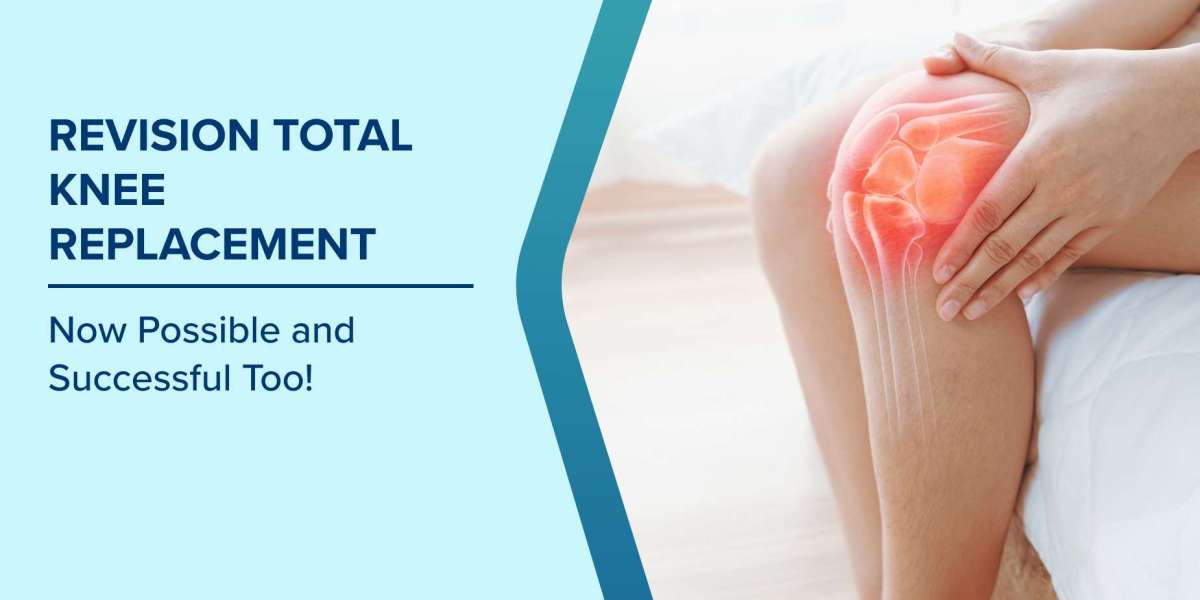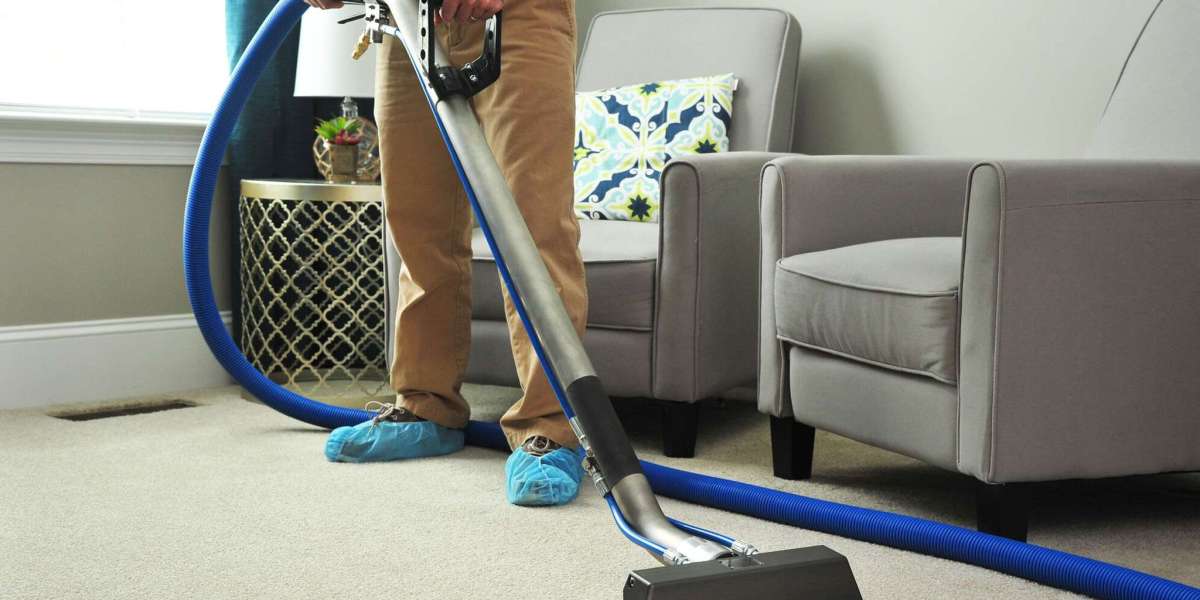Knee replacement surgery is one of the most successful operations of modern orthopaedics. For many people, it restores mobility, eliminates chronic pain, and allows them to return to the activities they once loved. But like any medical intervention, it isn’t always permanent. Sometimes, the first knee replacement wears out, loosens, or develops complications, and this is where revision knee replacement surgery comes in.
This guide explains what revision knee replacement is, why it may be necessary, how the procedure works, and what patients can expect from outcomes and recovery.
Why Some Knee Replacements Fail
Primary total knee replacement has an excellent track record, but it doesn’t last forever.
According to the American Academy of Orthopaedic Surgeons (AAOS), about 90% of knee replacements are still working well after 10 years, and 82% after 25 years. That’s impressive, but it also means a percentage of patients eventually require another surgery.
Common reasons include:
1. Implant Wear and Tear
Artificial knee components are designed to withstand decades of use. However, in younger, more active patients, the implant may wear out sooner.
2. Loosening of the Implant
Over time, the bond between the bone and implant may weaken, causing pain or instability.
3. Infection
While rare, infections occur in around 1–2% of knee replacements. If bacteria reach the implant, revision surgery is often the only option.
4. Stiffness or Poor Function
Scar tissue, incorrect alignment, or complications after the first surgery can limit movement, making revision necessary.
5. Fractures Around the Implant
If a patient suffers a fall or injury that breaks the bone near the implant, revision surgery may be required to stabilise the knee.
What is Revision Knee Replacement Surgery?
Revision knee replacement is a procedure in which all or part of the original knee prosthesis is removed and replaced with new components. Unlike the first surgery, revision is typically more complex because it often involves bone loss, scar tissue, or weakened ligaments.
The goal remains the same: to relieve pain, restore stability, and help patients regain mobility.
Indications for Revision Knee Replacement
Doctors don’t recommend revision surgery lightly. It is usually considered when:
Pain and stiffness persist despite conservative treatments.
X-rays show implant loosening or malposition.
Recurrent infections develop.
Instability prevents walking or standing comfortably.
Bone fractures compromise the implant’s stability.
A 2020 study in The Journal of Arthroplasty reported that nearly 55,000 revision knee replacements are performed each year in the United States, highlighting how common this procedure has become.
How the Procedure Works
Step 1: Pre-Surgical Evaluation
Blood tests, imaging scans, and joint aspiration (to check for infection) are performed.
Step 2: Removal of the Old Implant
The surgeon carefully removes the prosthesis, which can take longer than the original surgery, especially if bone has grown around it.
Step 3: Bone Reconstruction
Specialised implants, bone grafts, or metal augments may be used to rebuild lost bone.
Step 4: Insertion of New Implant
The new prosthesis is inserted, designed specifically to provide long-term stability and restore knee function.
Step 5: Closure and Recovery
The incision is closed, and rehabilitation begins almost immediately.
The surgery typically lasts 2–3 hours, depending on complexity.
Recovery After Revision Knee Replacement
Recovery from revision surgery tends to be longer than from primary knee replacement.
Hospital Stay: Around 4–7 days.
Rehabilitation: Physical therapy begins the day after surgery.
Return to Activities: Daily activities may resume within 3–6 months, while full recovery can take up to a year.
A large study published in Clinical Orthopaedics and Related Research (2019) found that 75–80% of patients experience significant pain relief and functional improvement after revision surgery.
Risks and Challenges
Revision knee replacement carries slightly higher risks than primary surgery. Patients should be aware of:
Infection: Occurs in about 2–4% of revision cases.
Blood Clots: Prevented through blood thinners and early mobility.
Stiffness: More common if scar tissue builds up.
Implant Loosening: Although modern implants are designed to last, future revision may still be required.
Outcomes of Revision Knee Replacement
Most patients undergoing revision knee replacement enjoy a marked improvement in quality of life.
Pain Reduction: Over 70% report reduced pain within 6 months.
Improved Function: Many patients can walk longer distances and return to light activities.
Longevity: On average, revision implants last 10–15 years, though outcomes vary.
However, results are usually not quite as good as first-time replacements, meaning expectations should be realistic.
Statistics at a Glance
Over 700,000 knee replacements are performed yearly in the U.S. (AAOS, 2022).
Around 8% of these patients require revision within 10 years.
Success Rate: About 80% of patients report good to excellent outcomes after revision.
Average Age: Most revision patients are between 65 and 75 years old.
Choosing the Right Surgeon
Because revision surgery is technically demanding, it requires a highly skilled orthopaedic surgeon with experience in complex joint reconstruction.
If you are in Western Australia and exploring your options, consulting experienced orthopaedic surgeons Perth, WA, ensures you receive expert evaluation and the best possible treatment plan.
Life After Revision Knee Replacement
With patience, commitment, and proper care, patients can return to a fulfilling lifestyle.
Tips for Long-Term Success
Stay Active: Low-impact exercises like swimming and cycling strengthen muscles without overloading the joints.
Maintain a Healthy Weight: Reduces pressure on the artificial knee.
Follow Physiotherapy: Tailored exercises enhance recovery.
Regular Check-Ups: Helps detect and address complications early.
Final Thoughts
Revision knee replacement may sound daunting, but for many patients, it offers renewed hope. While it is more complex than a primary replacement, the outcomes are often life-changing, including reduced pain, restored mobility, and a better quality of life.
With realistic expectations, proper rehabilitation, and guidance from experienced orthopaedic specialists, patients can look forward to years of improved function and comfort.








